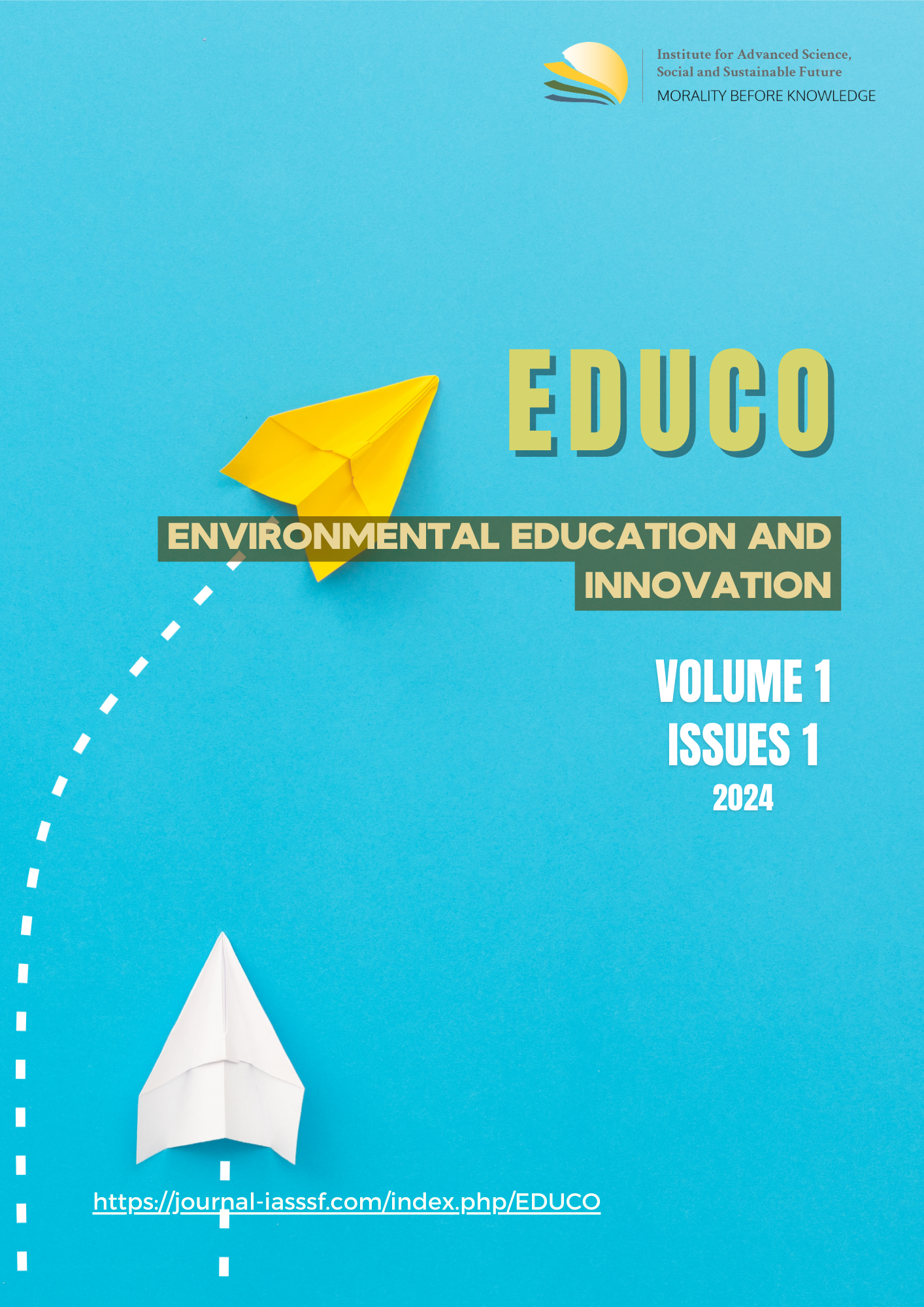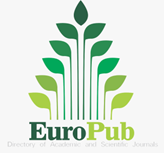Identifikasi bahaya dan metode identifikasi bahaya pada proses industri dan manajemen risiko
DOI:
https://doi.org/10.61511/educo.v1i1.2024.527Keywords:
Identifikasi bahaya, Job Safety Analysis (JSA), Kecelakaan kerja, Manajemen risiko, Operability Study (HAZOP)Abstract
Introduction: Risk identification is a crucial and fundamental element in industrial risk management, aimed at preventing and controlling work-related incidents and diseases. Its primary objective is to recognize various potential hazards in the workplace, both routine and non-routine, which can lead to serious injuries, financial losses, or environmental damage. Results: Potential hazards can stem from physical, chemical, biological, ergonomic, and psychological factors. The methods of hazard identification are increasingly advanced and proactive in detecting risks that may have been previously overlooked. Hazard identification techniques include field observations, analysis of previous accident data, review of work safety documentation, and in-depth interviews with workers and supervisors. Two main methods, namely Job Safety Analysis (JSA) and Hazard and Operability Study (HAZOP), greatly assist in systematically breaking down each work step and production process flow and identifying potential deviations that may occur. Conclusion: JSA focuses on identifying specific hazards at each work step, while HAZOP uses guide words and risk analysis at each process node. The application of appropriate hazard identification methods is essential to minimize the risk of work accidents and work-related diseases, as well as to optimize the productivity and operational efficiency of the company.
References
Adrianto, D. (2016) Evaluasi Manajemen Keselamatan Dan Kesehatan Kerja (K3) Dengan Menggunakan Metode Hazard And Operabillity Studies (Hazop) Di Pt. Pg Soedhono. Ahmad, B. and Oginawati, K. (2019) ‘Analisis Risiko Dengan Metode Hazard And Operability Study ( Hazops ) Dalam Penentuan Safety Integrity Level Unit Boiler Pt X Risk Analysis Using Hazard Operability Study ( Hazops ) Pt X ehttps://doi.org/10.46799/jsa.v3i12.519
Alijoyo, A., Wijaya, B. and Jacob, I. (2021) ‘A Hazard and Operability Studies RISK EVALUATION RISK ANALYSIS: Consequences Probability Level of Risk’. Available at: www.lspmks.co.id.
Crawley, F. and Tyler, B. (2015) HAZOP Guide to Best Practice.
Dan, I., & Audit, K. (2018). Job safety analysis (jsa), higiene industri, inspeksi dan audit k3. 1– 15.
Muammar, F. (2019). Analisa Perhitungan Tingkat Risiko Keselamatan Dan Kesehatan Kerja (K3) Pada Proyek Pembangunan Mixed Used Samarinda. ISSN 2502-3632 (Online) ISSN 2356-0304 (Paper) Jurnal Online Internasional & Nasional Vol. 7 No.1, Januari – Juni 2019 Universitas 17 Agustus 1945 Jakarta, 53(9), 1689–1699. www.journal.uta45jakarta.ac.id.
Marfiana, P., Ritonga, H. K., & Salsabiela, M. (2019). Implementasi Job Safety Analysis (JSA) Sebagai Upaya Pencegahan Kecelakaan Kerja. Jurnal Migasian, 3(2), 25–32. http://ejurnal.untag-smd.ac.id/index.php/TEK/article/view/5044
PT Safety Sign Indonesia. (2015). Job Safety Analysis sheet. 7.
Ramli, Soehatman. 2010. Sistem Manajemen Keselamatan dan Kesehatan Kerja OHSAS 18001, Seri Manajemen K3 001. Dian Rakyat. Jakarta.
Rausand, M. and Haugen, S. (2018) Risk Assessment HAZOP. Available at: http://www.ntnu.edu/ross/.
Reese, C. (2017). Job Safety Analysis. Occupational Safety and Health, 245–252. https://doi.org/10.1201/9781315269603-45
Rofifah. (2020). Job Safety Analysis (JSA). Paper Knowledge . Toward a Media History of Documents, 2006, 12–26.
Supriyadi, & Ramdan, F. (2017). Identifikasi Bahaya Dan Penilaian Risiko Pada Divisi Boiler Menggunakan Metode Hazard Identification Risk Assessment and Risk Control (Hirarc). Journal of Industrial Hygiene and Occupational Health, 1(2). https://doi.org/10.21111/jihoh.v1i2.892
Stamatis, D. H. (2021). OSHA Job Hazard Analysis. Introduction to Risk and Failures, 2002, 216–225. https://doi.org/10.1201/b16855-17
Umaindra, M. A., & Saptadi, S. (2018). Identifikasi Dan Analisis Risiko Kecelakaan Kerja Dengan Metode Jsa (Job Safety Analysis) Di Departemen Smoothmill Pt Ebako Nusantara. Industrial Engineering Online Journal, 7(1), 343–354. https://ejournal3.undip.ac.id/index.php/ieoj/article/view/20725
Vimalasari, T. (2016) ‘Hazard and Operability Study (HAZOP) dan Penentuan Safety Integrity Level (SIL) pada Boiler SB-02 PT. SMART Tbk Surabaya’, pp. 1–53.
Widowati, A. (2021). Kesehatan & Keselamatan Kerja Rumah Sakit untuk Mahasiswa dan Rumah Sakit (First edit). CV. Trans Info Media.
Downloads
Published
How to Cite
Issue
Section
Citation Check
License
Copyright (c) 2024 Environment Education and Conservation

This work is licensed under a Creative Commons Attribution 4.0 International License.











